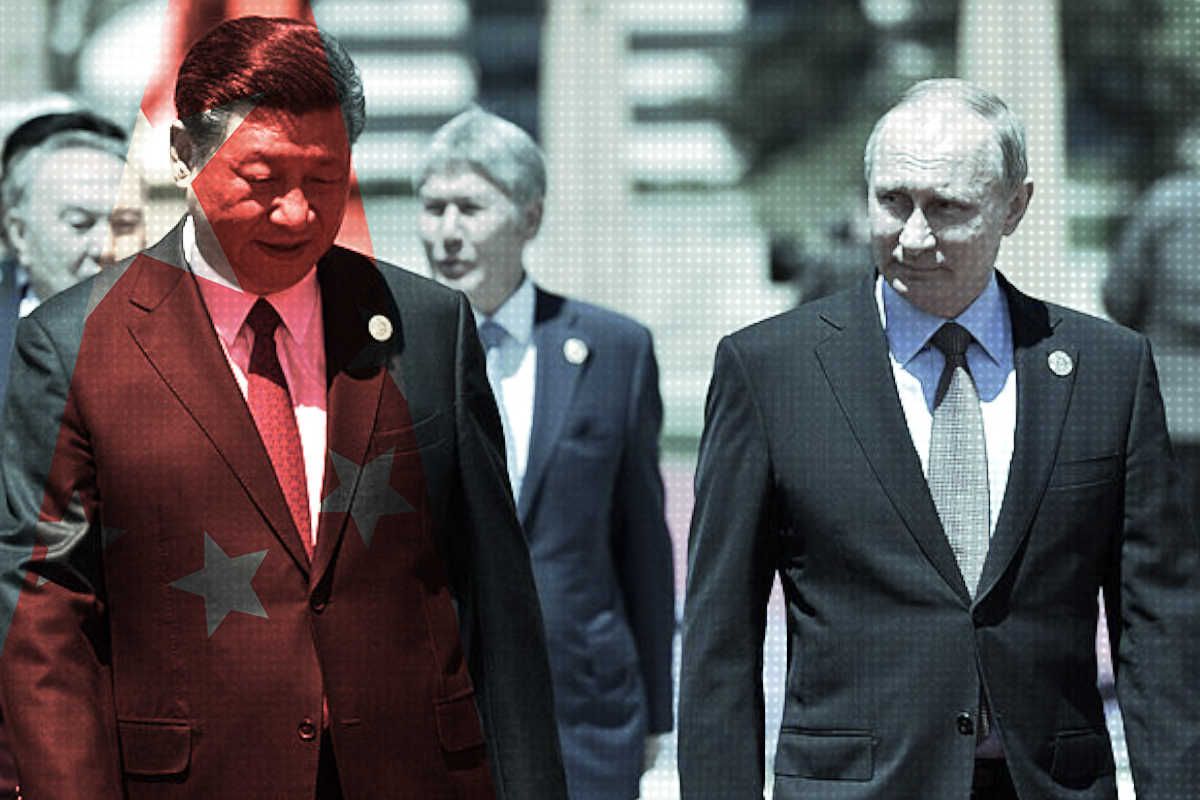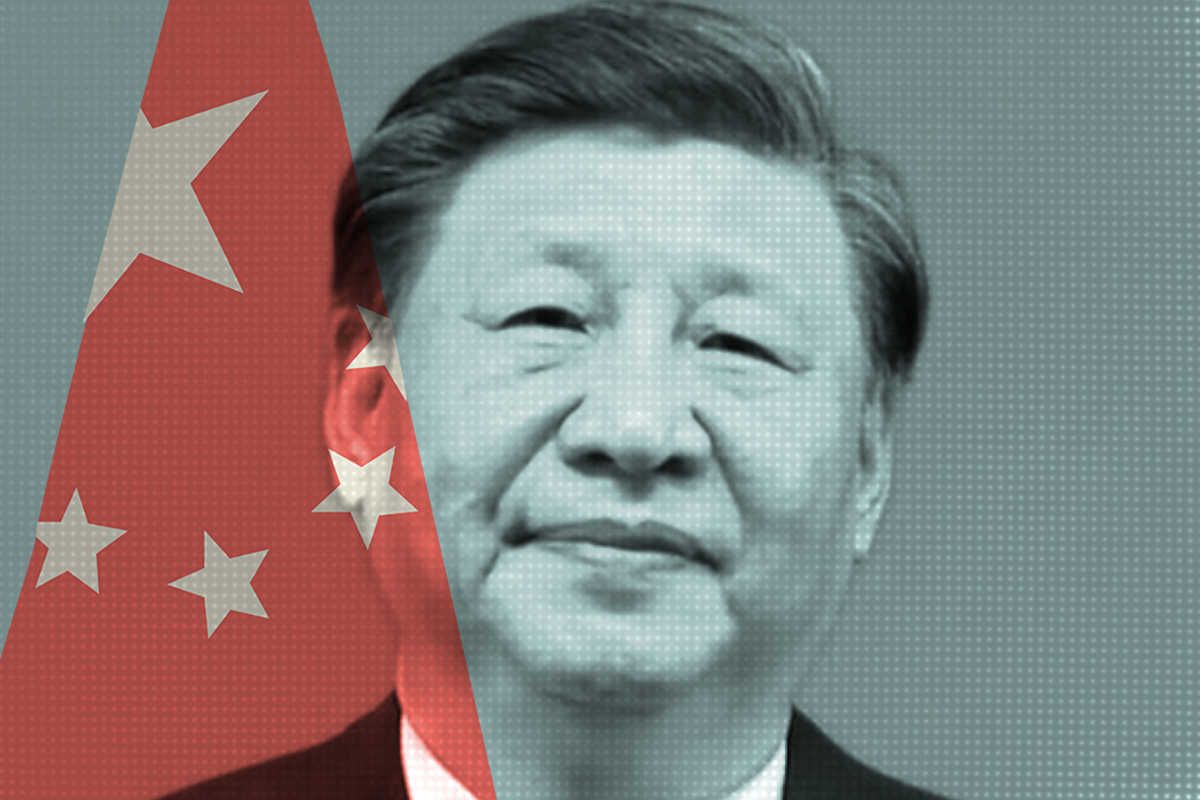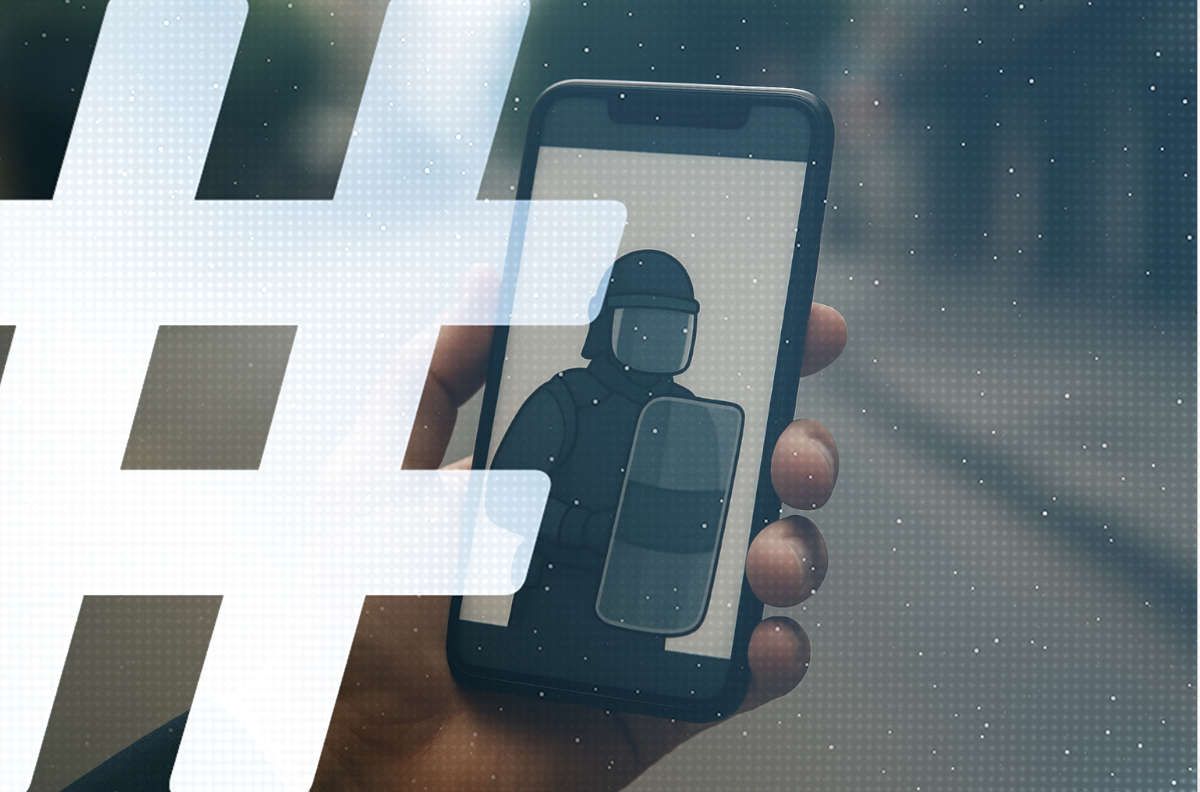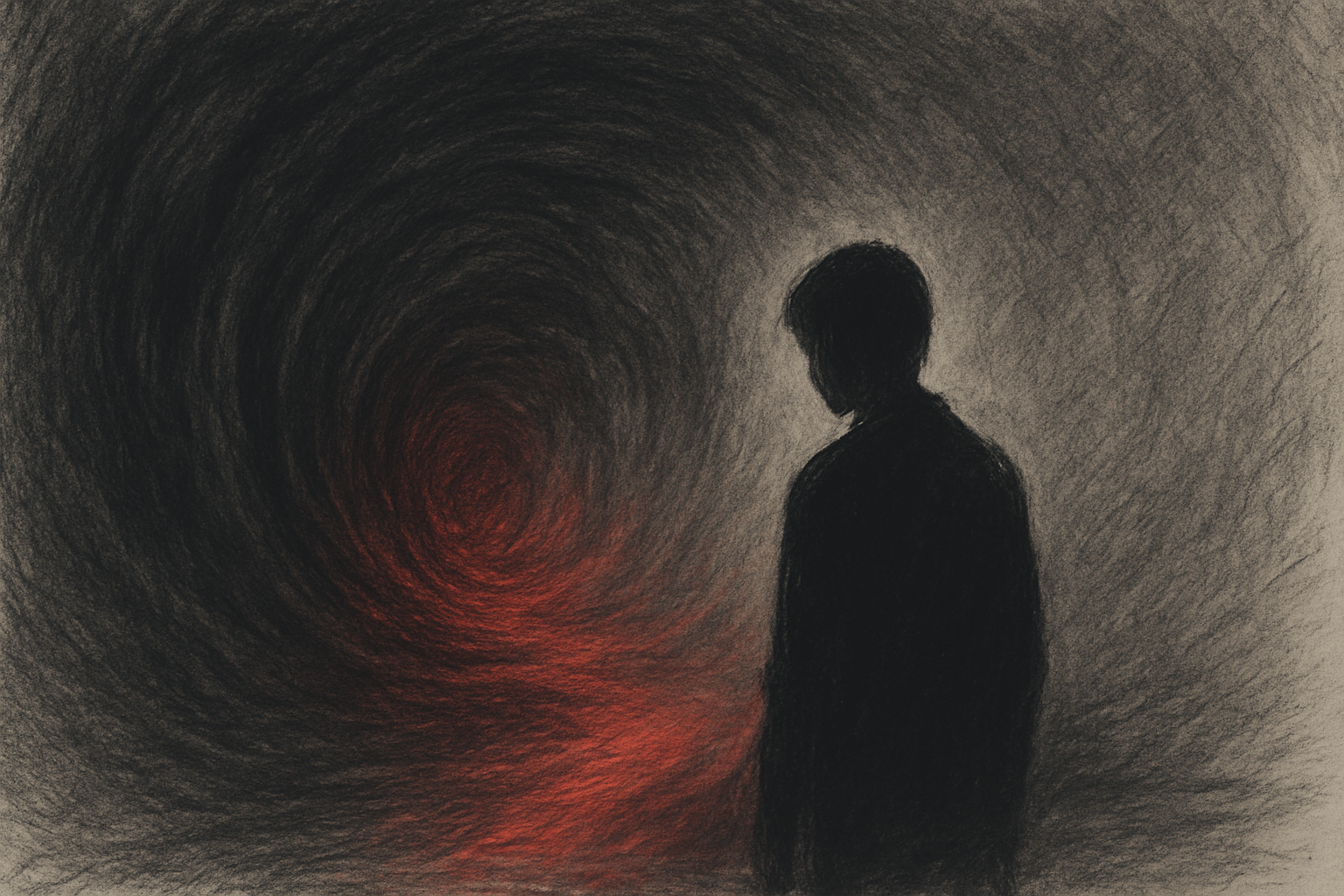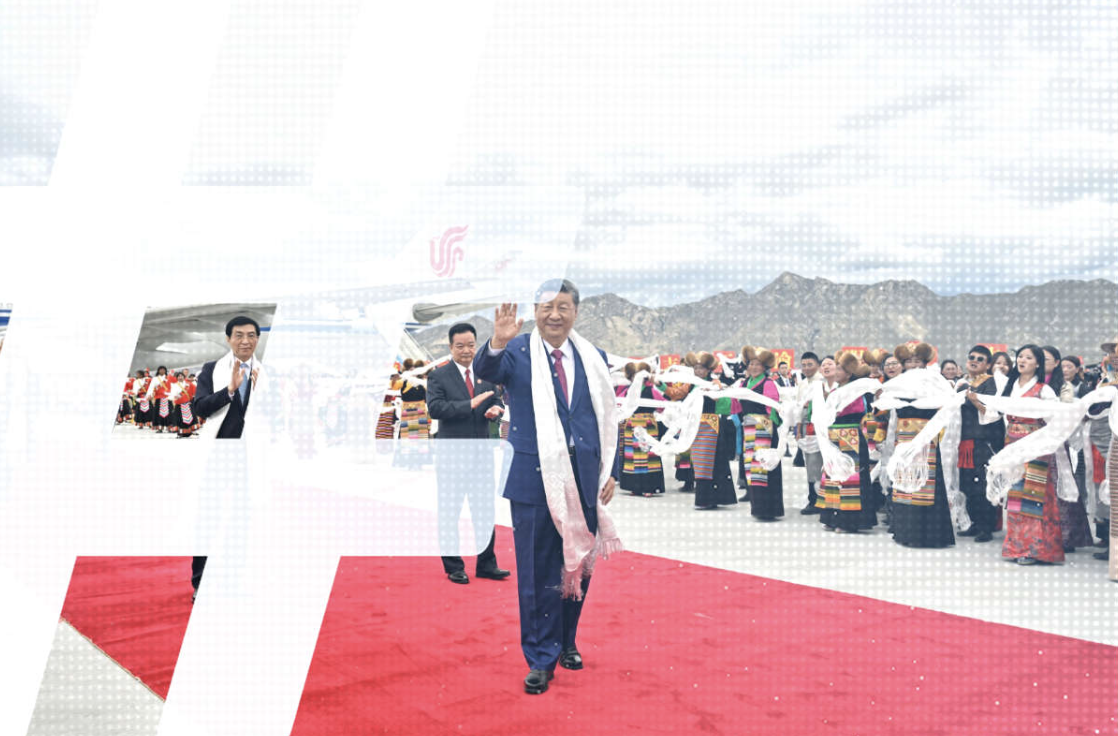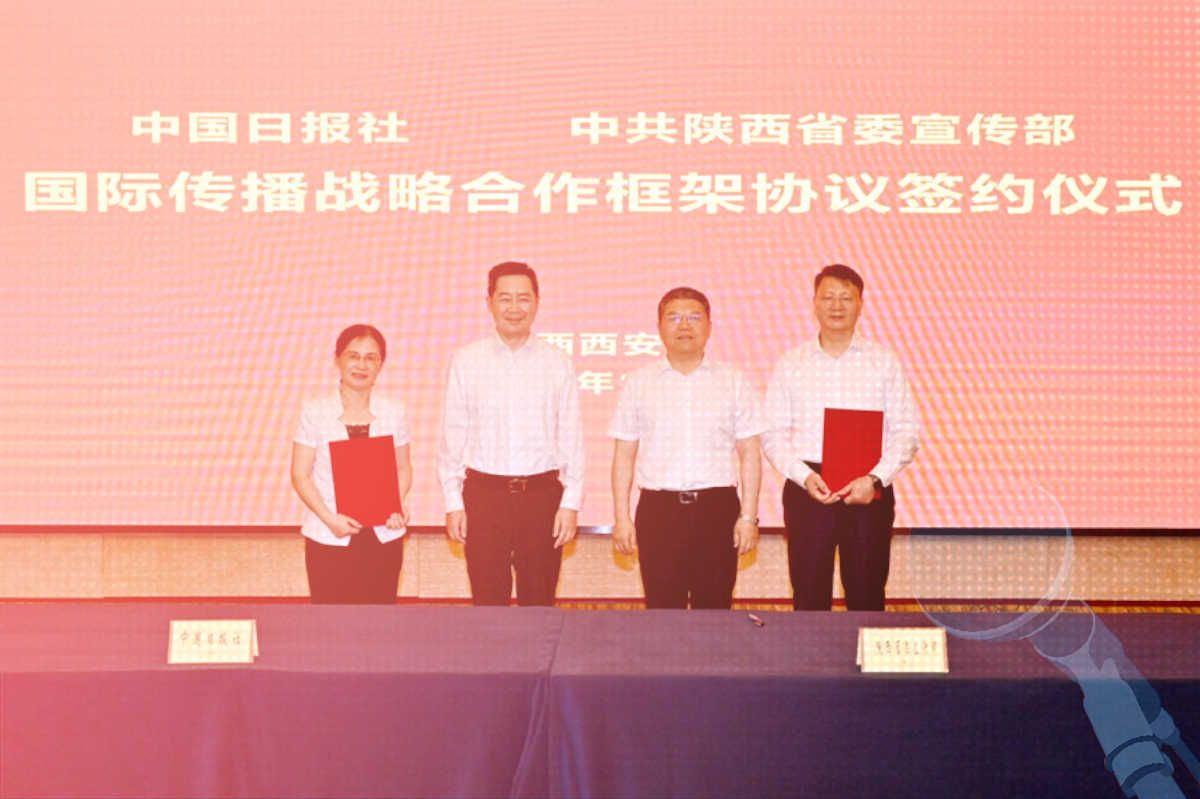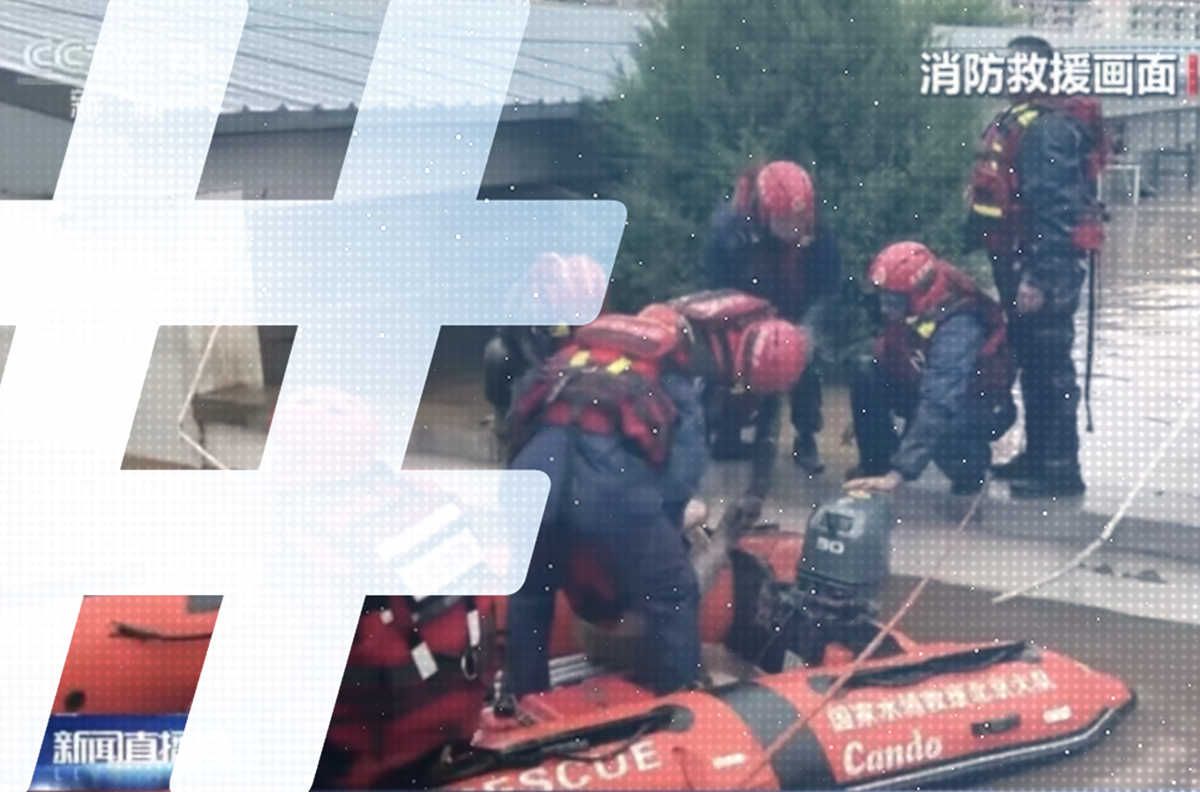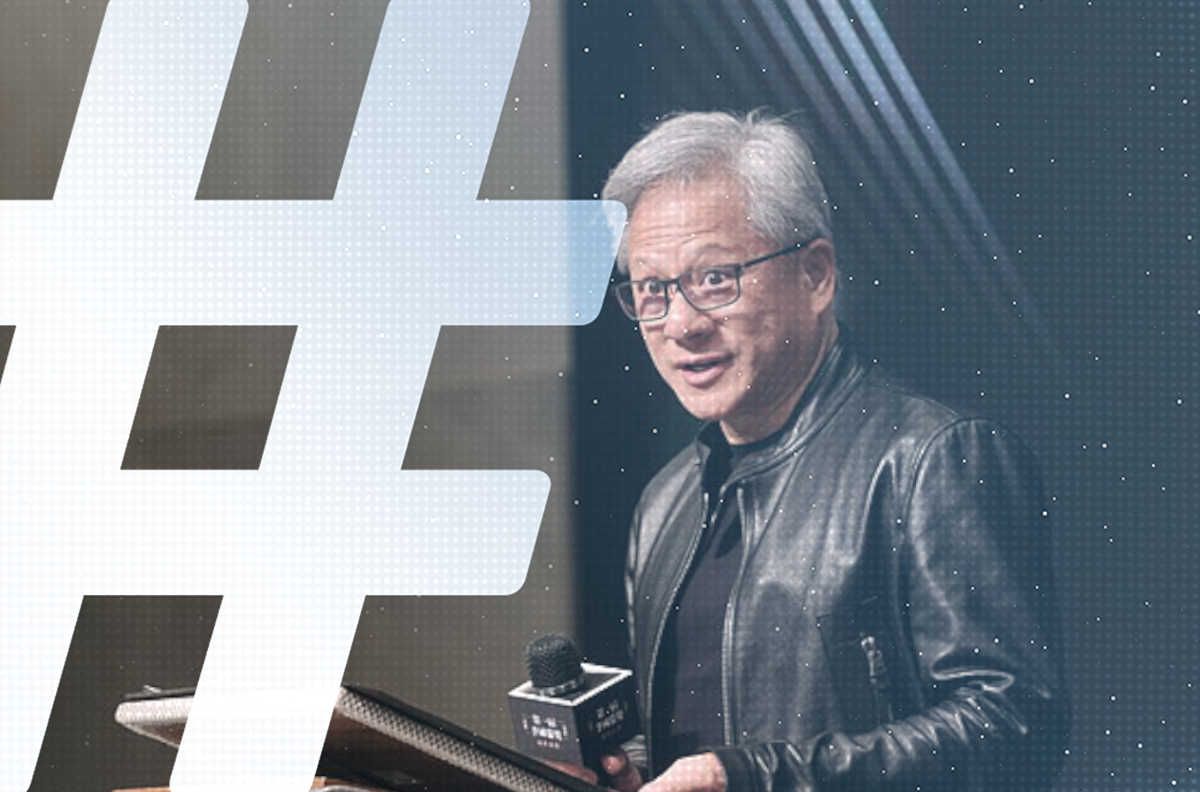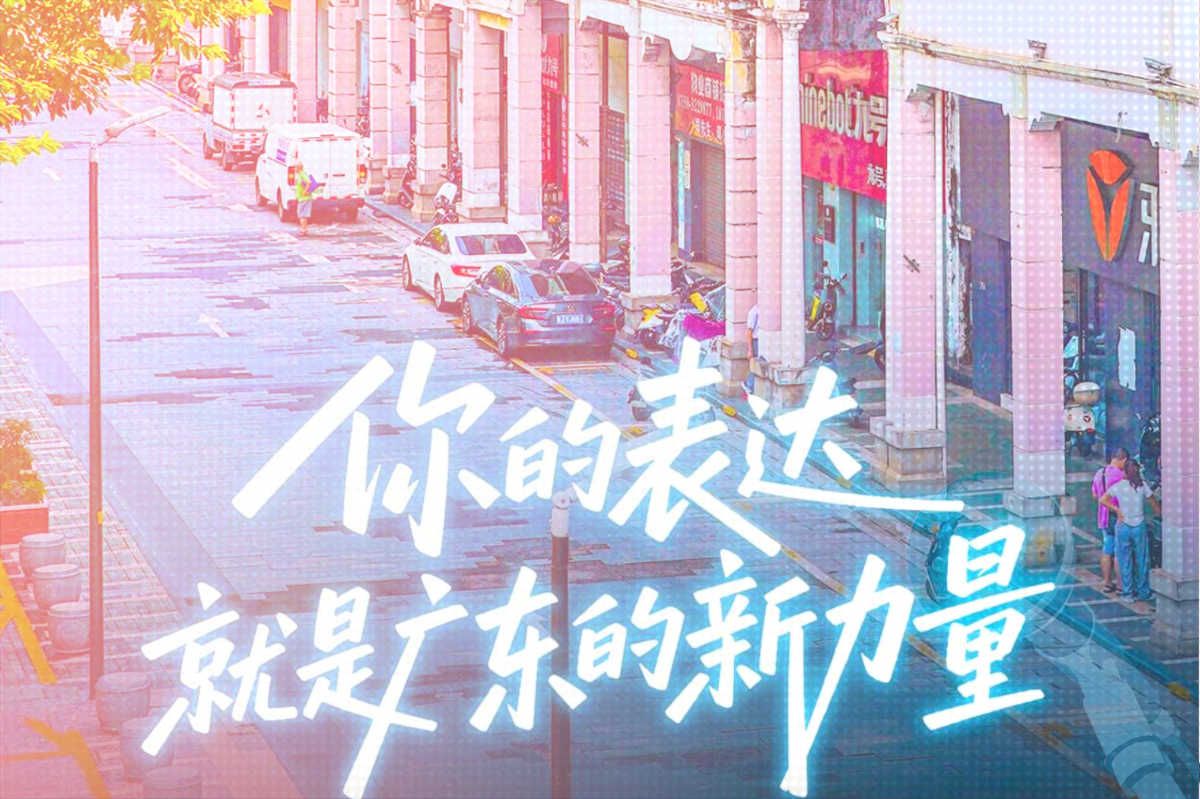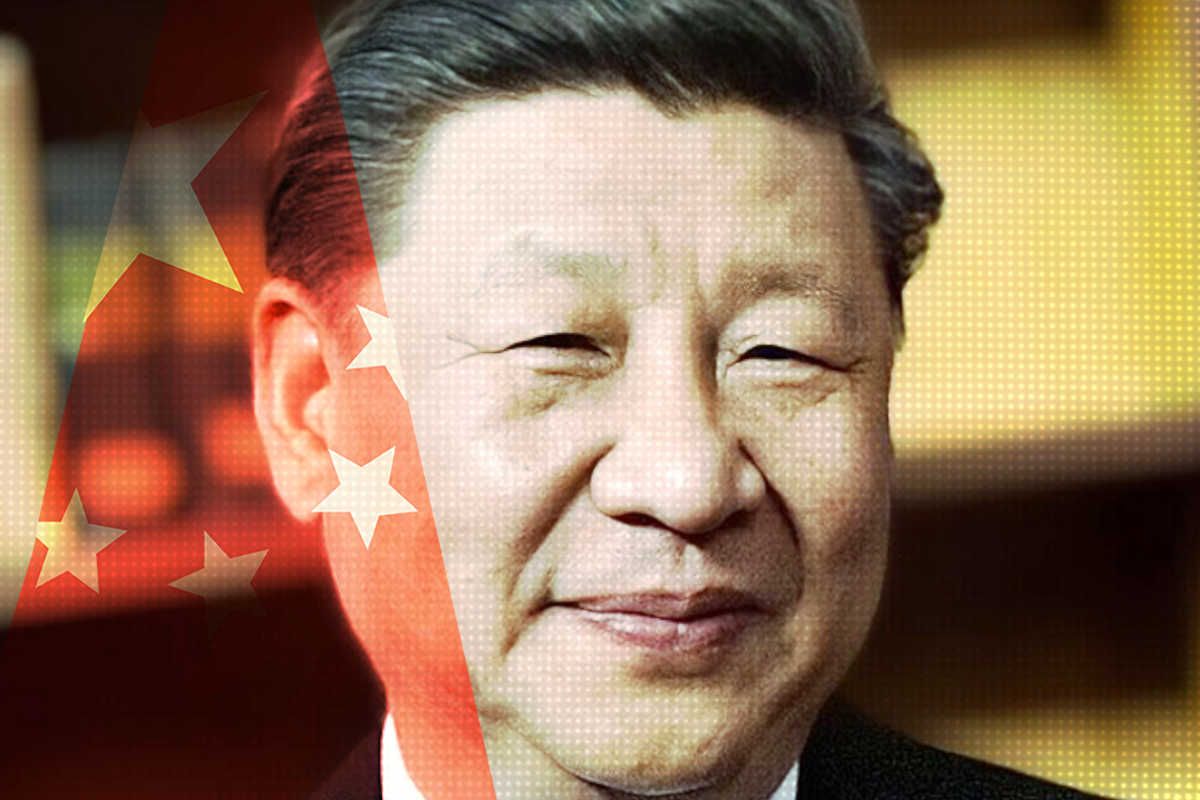
The brutal killing of a Japanese schoolboy in the Chinese city of Shenzhen last week has made headlines across the world. The wider context of the tragedy — that it happened on the anniversary of the “Mukden Incident” that began Japan’s invasion of China nearly a century ago, and just months after another nearly deadly attack on a Japanese mother and her child in another city — raises serious questions about how it might be linked to decades of anti-Japanese education, entertainment and cultural conditioning in China.
But these are serious questions China’s media are not asking, or cannot ask.
How the media in China have reported the incident domestically (or not) is an unfortunate reminder not just of how stringent controls have become, but also how detrimental this atmosphere has been to discussion of the darker undercurrents of contemporary Chinese society.
From the early stages of the incident, key details were missing. The police report from Shenzhen did not mention the boy’s nationality, age, or where the attack took place. Instead, news filtered into China through overseas media. Some of the earliest reporting of the response from the Japanese government inside China came from the WeChat account of Nikkei Asia. Several reports published on the day of the incident that noted the statement from Japan, including from Caixin and from Shanghai’s Guancha, have been scrubbed from the internet, yielding 404 errors. Another report from the news portal NetEase, which seemed to have included some on-the-ground reporting from Shenzhen, was also taken down.
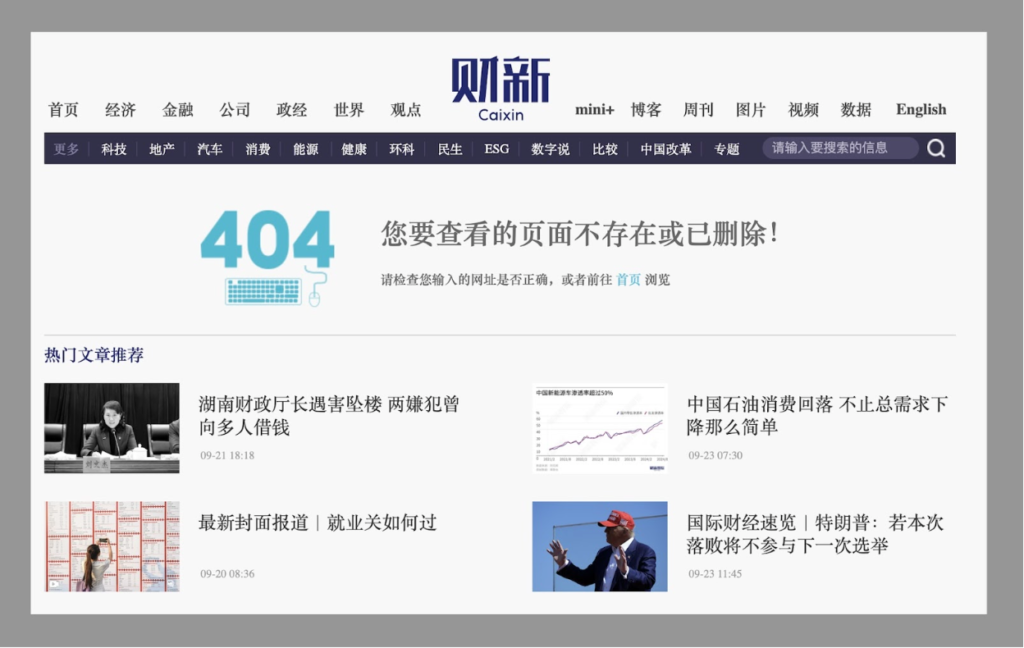
In all likelihood, reports from outlets like the above were removed by the authorities because they jumped the gun, not waiting for an official news release (通稿) from Xinhua News Agency. Generally, for such sensitive stories, more compliant media know that protocol demands that they wait for official word. State media, therefore, kept silent on the issue until after Lin Jian (林剑), a spokesperson for China’s Ministry of Foreign Affairs (MFA), held a press conference late on September 18, and again on September 19.
During the second press conference, journalists from Nikkei Asia linked the Shenzhen attack to the June attack against the Japanese mother and her son in Suzhou, widening the context of the Shenzhen case. Lin insisted, however, that this was an isolated incident. “According to the information we have so far, this is an individual case,” he told reporters. “Similar cases can happen in any country.”
That China’s foreign affairs ministry was out in front of Xinhua pointed to the sensitivity of the story, and its possible international impact. State media could now follow up on the story, but they limited themselves entirely to the MFA remarks. Hunan Daily, for example, the official mouthpiece of the provincial CCP leadership in the province, quoted Lin Jian verbatim, offering no additional details or context. The same was true of Shanghai’s The Paper, published by the state-owned Shanghai United Media Group, and other provincial-level dailies such as Guizhou Daily.
A more detailed report from local newspaper Shenzhen Special Zone Daily (深圳特区报), published on September 20 and shared by Yicai and other online outlets, illustrated another time-worn propaganda approach — the single-minded focus on official action and heroism. The report focused on the valiant attempts by the emergency services to rescue the boy. There was again no link made to the previous stabbing attempt in Suzhou. The attack, as they stated prominently at the top of their report — closely following the MFA line — was an “isolated case.”
The only touch of compassion in the report came in the form of a few quotes from locals laying flowers at the school. “No matter where the child’s nationality is,” one note at the scene reportedly read, “since he lives and studies in Shenzhen, he is a child of Shenzhen.”
Silencing Hints of Humanity
In fact, signs the public was interested and willing to discuss the broader context of the killing, as well as its causes and implications, were evident early on. Articles on WeChat linking the Shenzhen and Suzhou cases, as well as mentioning that images of the Japanese school’s entrance had been circulating on social media before the attack, were removed from the popular platform.
While such nuanced voices were stopped in their tracks, posts that urged online caution about the sensitivity of the September 18 anniversary were allowed to go viral. One example was an article on Baidu about netizen outrage over an internet vlogger who had her account suspended for allegedly disparaging the anniversary by calling it “June 18.”
A silence about context was enforced the day of the killing, state-affiliated media outlets readied the next, predictable phase — the demonizing of context itself. A commentary posted by Guancha on September 19 said that any netizens blaming the attack on patriotic education or “hate propaganda” would “produce a destructive effect” on society.
The Shenzhen attack is a sensitive story on a number of fronts for China. For starters, the government — which has touted increasing foreign visits as a mark of economic turnaround — is wary of frightening away foreign tourists, businesspeople, and investors. The attack, the third high-profile assault on foreigners in China in recent months, risks undermining the leadership’s message that China is open and ready to engage again with the world following the pandemic downturn.
The attack also risks undermining the simplistic narrative, advanced by state media, that China is fundamentally a society encouraging tolerance among civilizations — which has lately been a key pillar of what the leadership calls “Xi Jinping Thought on Culture.” The case tells us that despite China’s rhetoric of civilizational tolerance, the country has its own share, like perhaps any country, of individuals capable of violent xenophobia.
But the most sensitive aspect of this story, the most dangerous question that can be asked, is why. Why is China experiencing such violent attacks, and against the Japanese in particular? The answer to that question is no doubt complex. And yet, as netizens made clear in their early, stillborn conversations on the Shenzhen attack, the role of China’s officially-encouraged culture of xenophobic ire — a culture of “toxic nationalism” — is a serious issue that needs to be addressed.
The brutal truth behind this savage attack is that this problem will not go away until the antipathy at its root, present in the media discourse of the state as much as in the heart of the attacker, can be faced head on.




